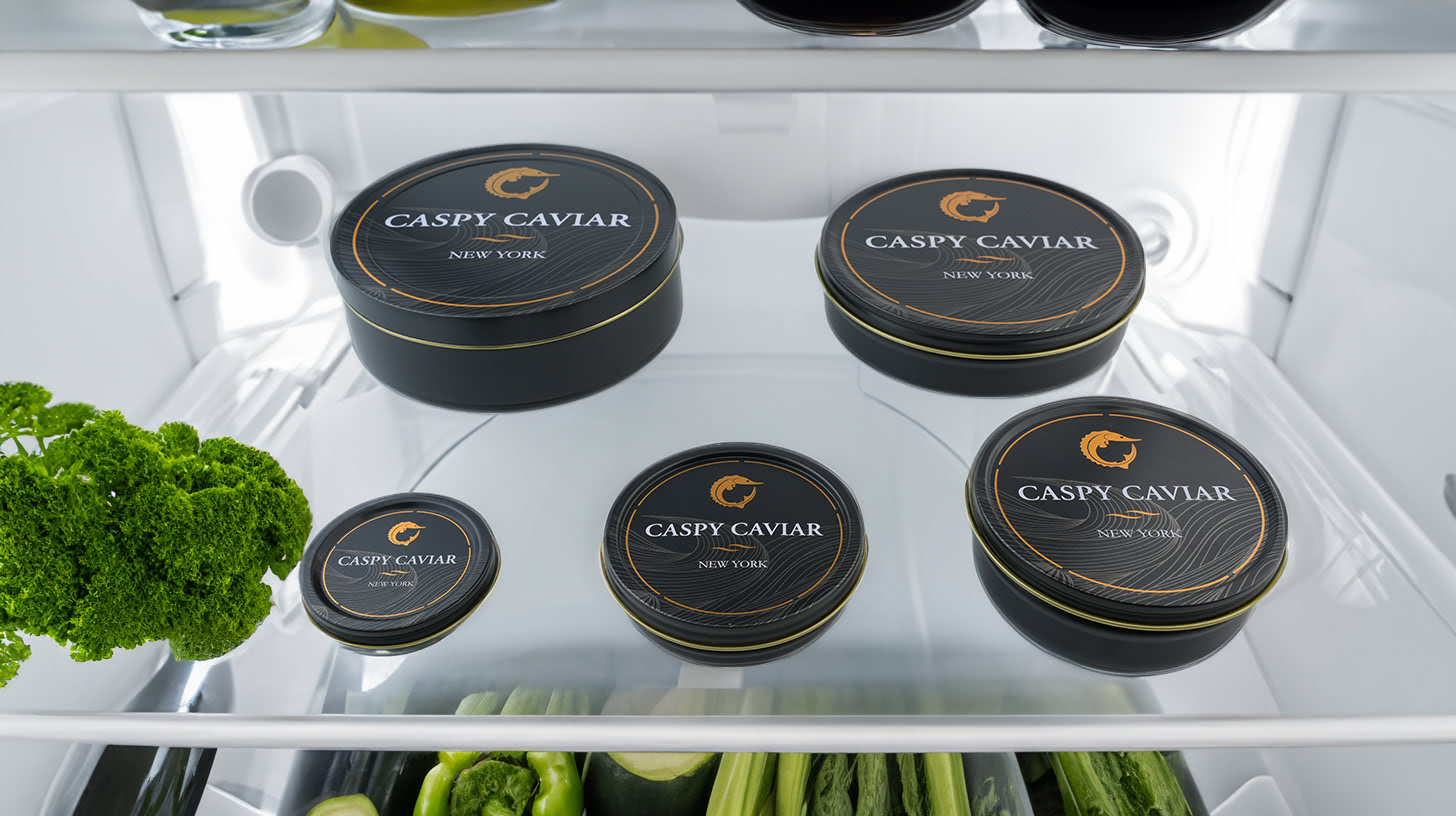

Articles
How To Store Caviar
Modified: December 7, 2023
Discover the best articles on how to store caviar properly to preserve its exquisite flavor and texture. Learn expert tips and techniques for optimal caviar storage.
(Many of the links in this article redirect to a specific reviewed product. Your purchase of these products through affiliate links helps to generate commission for Storables.com, at no extra cost. Learn more)
Introduction
Welcome to the world of caviar! Known as the epitome of luxury and indulgence, caviar is a delicacy that has been cherished for centuries. With its rich, buttery texture and exquisite flavor, caviar is a gourmet treat that is enjoyed by connoisseurs and food enthusiasts around the world.
But, as with any precious ingredient, proper storage is essential to maintain the freshness and quality of caviar. Whether you have just purchased your first tin of caviar or you are a seasoned caviar lover looking for tips on how to store it, this article will guide you through the process step by step.
From choosing the right caviar to handling, packaging, and storing it at the optimal temperature, we will cover everything you need to know to keep your caviar in its prime condition. So, let’s dive in and learn how to store caviar like a pro!
Before we begin, it’s important to mention that these storage guidelines should be followed for fresh, high-quality caviar. If your caviar is past its expiry date or has a strong fishy odor, it’s best to discard it. Now, let’s move on to step one: choosing the right caviar for storage.
Key Takeaways:
- Indulge in the epitome of luxury with caviar by choosing high-quality options, handling and packaging with care, and maintaining optimal storage temperatures for a gourmet experience.
- Elevate any occasion with the art of serving and enjoying caviar, from chilled presentations to perfect pairings, ensuring every bite is a luxurious delight.
Read more: How To Store Store-Bought Bread
Step 1: Choosing the Right Caviar
When it comes to choosing caviar for storage, quality is paramount. Opt for fresh caviar from reputable sources to ensure that you are getting the best product. Here are a few factors to consider when selecting caviar:
- Origin: Different types of caviar come from various species of fish, such as sturgeon, salmon, or trout. Each has its unique flavor profile and texture. Choose the type that suits your taste preferences.
- Grade: Caviar is graded based on its size, color, and texture. Higher-grade caviar is usually larger, lighter in color, and has a firmer texture. Select caviar with a consistent appearance and avoid those with a mushy or discolored appearance.
- Date of Harvest: Check the harvest date on the container to ensure freshness. Caviar is best consumed within a few weeks of harvest, so opt for caviar that is as close to the harvest date as possible.
Remember, caviar is a delicate product, and the quality can vary significantly. If you are unsure about the best caviar to choose, consult with a knowledgeable fishmonger or a reputable caviar retailer who can guide you in selecting the right caviar for your needs.
Now that you’ve chosen the perfect caviar, let’s move on to step two: handling and packaging it properly for storage.
Step 2: Handling and Packaging Caviar
Proper handling and packaging of caviar are crucial to preserve its delicate flavor and prevent any contamination. Follow these guidelines to ensure that your caviar remains fresh:
- Use Clean Utensils: Always use clean utensils, preferably made of non-reactive materials such as mother-of-pearl, bone, or plastic, when handling caviar. Avoid using metal utensils as they can alter the taste of the caviar.
- Avoid Touching with Bare Hands: It’s best to avoid touching caviar directly with your hands. The natural oils on your skin can affect the flavor and quality of the caviar. Wear food-safe gloves or use a spoon to handle it.
- Refrain from Crushing: Caviar is delicate, and excessive pressure can cause the eggs to burst, resulting in a loss of flavor and texture. Gently scoop or transfer the caviar without crushing the eggs.
- Choose Proper Packaging: Caviar is typically sold in vacuum-sealed tins or jars. If you plan to store the caviar in its original packaging, ensure that it is tightly sealed. Alternatively, transfer the caviar to an airtight container to prevent any exposure to air.
Remember, caviar is a perishable product, and exposure to oxygen can lead to spoilage and loss of quality. The goal is to minimize contact with air and keep the caviar in a controlled storage environment. In the next step, we will discuss the ideal temperature for storing caviar.
Step 3: Maintaining the Optimal Temperature
Temperature plays a crucial role in preserving the freshness and quality of caviar. Caviar is extremely perishable and sensitive to temperature fluctuations. Follow these guidelines to maintain the optimal temperature for storing your caviar:
- Refrigerator Temperature: Caviar should be stored in a refrigerator at a temperature between 28°F (-2°C) and 32°F (0°C). It’s important to keep the temperature consistently cold to prevent any spoilage or deterioration of the caviar.
- Avoid Freezing: While freezing caviar is an option for long-term storage, it’s best to consume it fresh whenever possible. Freezing can potentially alter the texture and delicate flavor of the caviar.
- Avoid Temperature Fluctuations: It’s crucial to minimize temperature fluctuations as much as possible. Avoid opening and closing the refrigerator frequently, as it can disrupt the optimal temperature inside.
By maintaining a stable and cold temperature, you can ensure that the caviar stays fresh and retains its exquisite taste. In the next step, we will discuss the specifics of storing caviar in the refrigerator.
Step 4: Storing Caviar in the Refrigerator
Storing caviar in the refrigerator is the most common and convenient method to keep it fresh for a short period. Follow these steps to properly store your caviar in the refrigerator:
- Keep it Sealed: If your caviar came in a vacuum-sealed tin or jar, ensure that it remains tightly sealed. If you transferred the caviar to an airtight container, make sure the lid is securely fastened to prevent any air exposure.
- Choose the Right Spot: Place the caviar container in the coldest part of the refrigerator, typically the back of the bottom shelf. This is to ensure that it is consistently exposed to the optimal temperature.
- Avoid Temperature Variations: Make sure to keep the refrigerator door closed as much as possible. Temperature fluctuations can affect the quality and shelf life of the caviar.
- Check the Expiry Date: Take note of the expiry date on the caviar container. Consume the caviar within the recommended timeframe to enjoy it at its best. Avoid storing caviar past its expiry date.
- Don’t Store with Strong Odors: Caviar can absorb strong odors easily, so keep it away from foods with strong aromas, such as onions, garlic, or pungent cheeses.
Remember, once you have opened the caviar container, it’s best to consume it within a few days to enjoy it at its peak freshness. In the next step, we will discuss freezing caviar for long-term storage.
Store caviar in the coldest part of the refrigerator, ideally between 28-32°F (-2 to 0°C). Keep it in its original packaging or transfer to a non-metallic container, cover with plastic wrap, and place on ice packs. Avoid freezing.
Read more: How To Store Basil From Grocery Store
Step 5: Freezing Caviar for Long-term Storage
If you have excess caviar or want to store it for an extended period, freezing is a viable option. Freezing caviar can preserve its quality and flavor, but it’s important to follow the correct steps to prevent any damage. Here’s how to freeze caviar:
- Keep it Sealed: Ensure that your caviar is properly sealed to prevent freezer burn and maintain its freshness. If it came in a vacuum-sealed tin or jar, leave it intact. If you transferred the caviar to an airtight container, make sure it is tightly sealed.
- Wrap in Plastic Wrap: For an added layer of protection, consider wrapping the caviar container with plastic wrap. This will further minimize air exposure and help preserve the delicate flavor and texture.
- Label and Date: Remember to label the container with the date of freezing. Caviar can be stored frozen for up to four months without a significant loss in quality.
- Place in Freezer: Put the caviar in the coldest part of your freezer, away from other strong-smelling foods. Ensure that it is not exposed to temperature fluctuations by keeping it away from the freezer door.
When you’re ready to thaw and enjoy your frozen caviar, it’s important to do it correctly to maintain its flavor and quality.
But wait, before we move on to thawing caviar, let’s take a moment to appreciate the art of serving and enjoying this luxurious delicacy, which we will cover in the next step.
Step 6: Thawing Frozen Caviar
Thawing frozen caviar should be done carefully to preserve its delicate texture and flavors. Follow these steps to thaw your frozen caviar properly:
- Move to Refrigerator: Transfer the frozen caviar from the freezer to the refrigerator. Allow it to thaw gradually in the refrigerator over a period of 24 to 48 hours. Avoid thawing caviar at room temperature to prevent bacterial growth.
- Do Not Refreeze: Once the caviar has thawed, it is not recommended to refreeze it. Freezing and thawing multiple times can affect the flavor and texture of the caviar.
- Handle Gently: After thawing, gently remove the caviar from the container using clean, non-metal utensils. Be careful not to crush the delicate eggs as you transfer them to a serving dish.
It’s essential to consume the thawed caviar promptly. Aim to consume it within a few hours after thawing to experience the optimal flavors and textures.
Now that your caviar is ready to be served, let’s move on to the next and final step: serving and enjoying this exquisite delicacy!
Step 7: Serving and Enjoying Caviar
Now that you have properly stored and thawed your caviar, it’s time to indulge in its luxurious flavors. Here are some tips on how to serve and enjoy caviar:
- Chilled Presentation: Serve caviar on a bed of crushed ice or a chilled platter to maintain its cool temperature throughout the serving.
- Accompaniments: Caviar pairs well with traditional accompaniments such as blinis, toast points, or crackers. You can also offer sour cream, chopped onions, or minced chives as additional garnishes.
- Less is More: When serving caviar, a little goes a long way. Allow the unique flavors and textures of the caviar to shine by serving small portions and encouraging guests to savor each bite.
- Proper Utensils: Use non-metal utensils, such as mother-of-pearl spoons or plastic utensils, to serve caviar. Metal can react with the caviar, altering its taste.
- Pairings: Pair caviar with chilled dry champagne or a crisp white wine to complement its delicate taste. The effervescence and acidity of these beverages enhance the caviar experience.
Remember, caviar is best enjoyed fresh and at room temperature. Avoid letting it sit out for too long, as it can spoil quickly. Serve small portions and allow each guest to relish the exquisite flavors of this luxurious delicacy.
With these steps, you are now equipped with the knowledge to store, thaw, and savor caviar like a true aficionado. Whether you’re treating yourself or hosting a special gathering, caviar adds a touch of elegance and sophistication to any occasion.
Enjoy your caviar to the fullest, and savor every moment of this culinary treasure!
That concludes our comprehensive guide on how to store caviar. We hope you found it insightful and helpful in preserving the quality and enjoyment of this gourmet delicacy. Cheers!
Conclusion
Caviar, the epitome of luxury and indulgence, requires proper storage to maintain its freshness and exquisite taste. By following the steps outlined in this guide, you can ensure that your caviar remains in its prime condition for as long as possible.
Choosing the right caviar and handling it with care are essential first steps. Opt for high-quality caviar from reputable sources and use non-reactive utensils to prevent any alteration of its delicate flavor. Proper packaging, such as vacuum-sealed tins or airtight containers, can protect the caviar from air exposure and maintain its quality.
Maintaining the optimal temperature is crucial. Keep your caviar in the refrigerator at a steady temperature between 28°F and 32°F, avoiding temperature fluctuations that can compromise its freshness.
If you have excess caviar or want to store it for a longer period, freezing is an option. Properly seal and label the caviar before placing it in the coldest part of the freezer for up to four months.
Thaw frozen caviar gradually in the refrigerator to preserve its delicate texture. Once thawed, handle it gently and consume it promptly to enjoy the optimal flavors and textures.
When serving caviar, present it on a chilled platter accompanied by traditional garnishes and pair it with champagne or a crisp white wine. Remember to serve small portions, allowing the exquisite flavors of the caviar to shine.
Now that you have learned how to store, thaw, and serve caviar, you can fully appreciate this luxurious delicacy. Indulge in its buttery texture, subtle brininess, and tantalizing flavors, knowing that you have taken the necessary steps to preserve its quality.
Whether you’re celebrating a special occasion or simply treating yourself, caviar adds elegance and sophistication to any gathering. Enjoy the experience and savor every precious bite of this culinary treasure.
With the knowledge gained from this guide, you can confidently store and enjoy caviar like a true connoisseur. Cheers to the pleasures of caviar, and may your culinary adventures continue to delight your palate!
Frequently Asked Questions about How To Store Caviar
Was this page helpful?
At Storables.com, we guarantee accurate and reliable information. Our content, validated by Expert Board Contributors, is crafted following stringent Editorial Policies. We're committed to providing you with well-researched, expert-backed insights for all your informational needs.
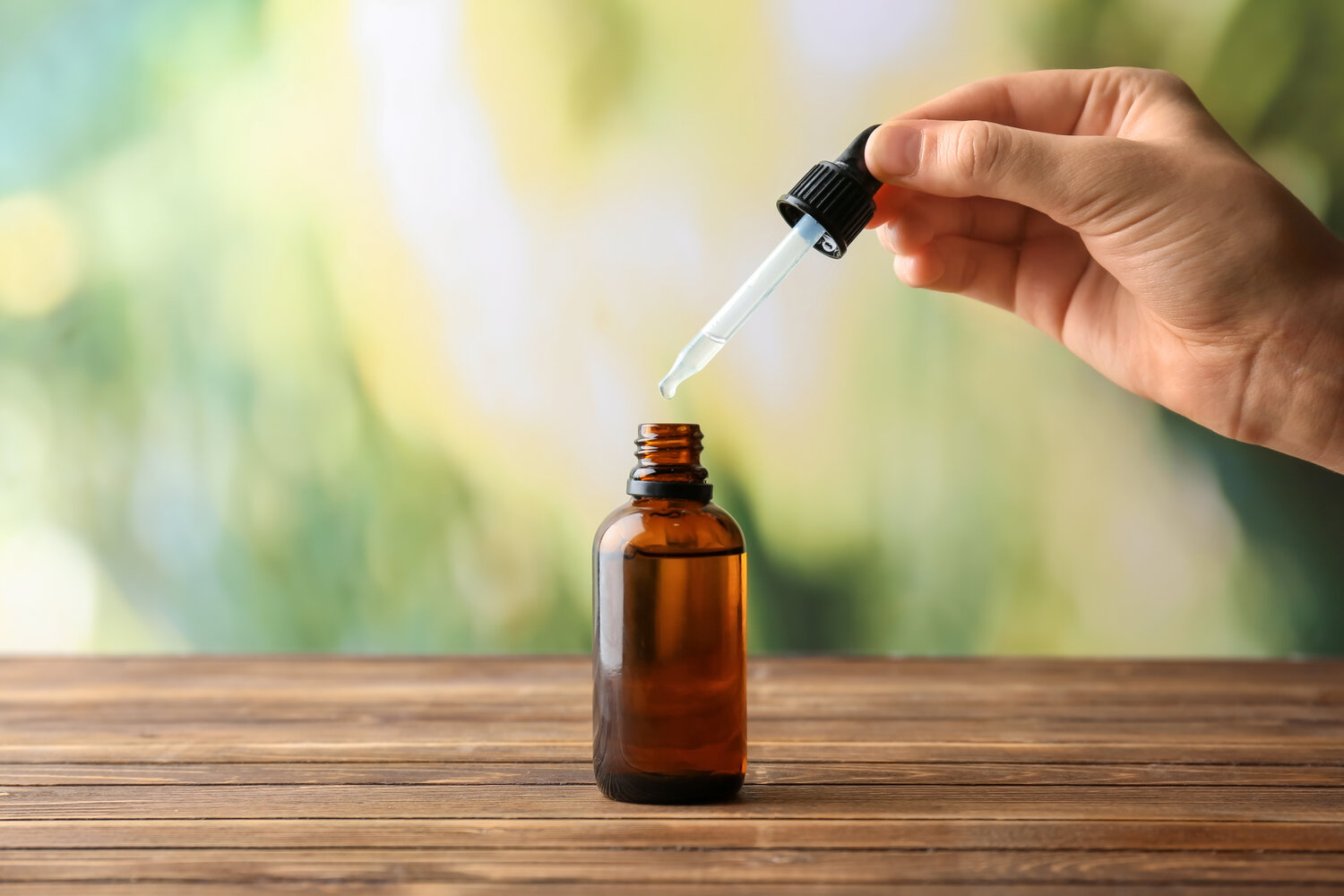
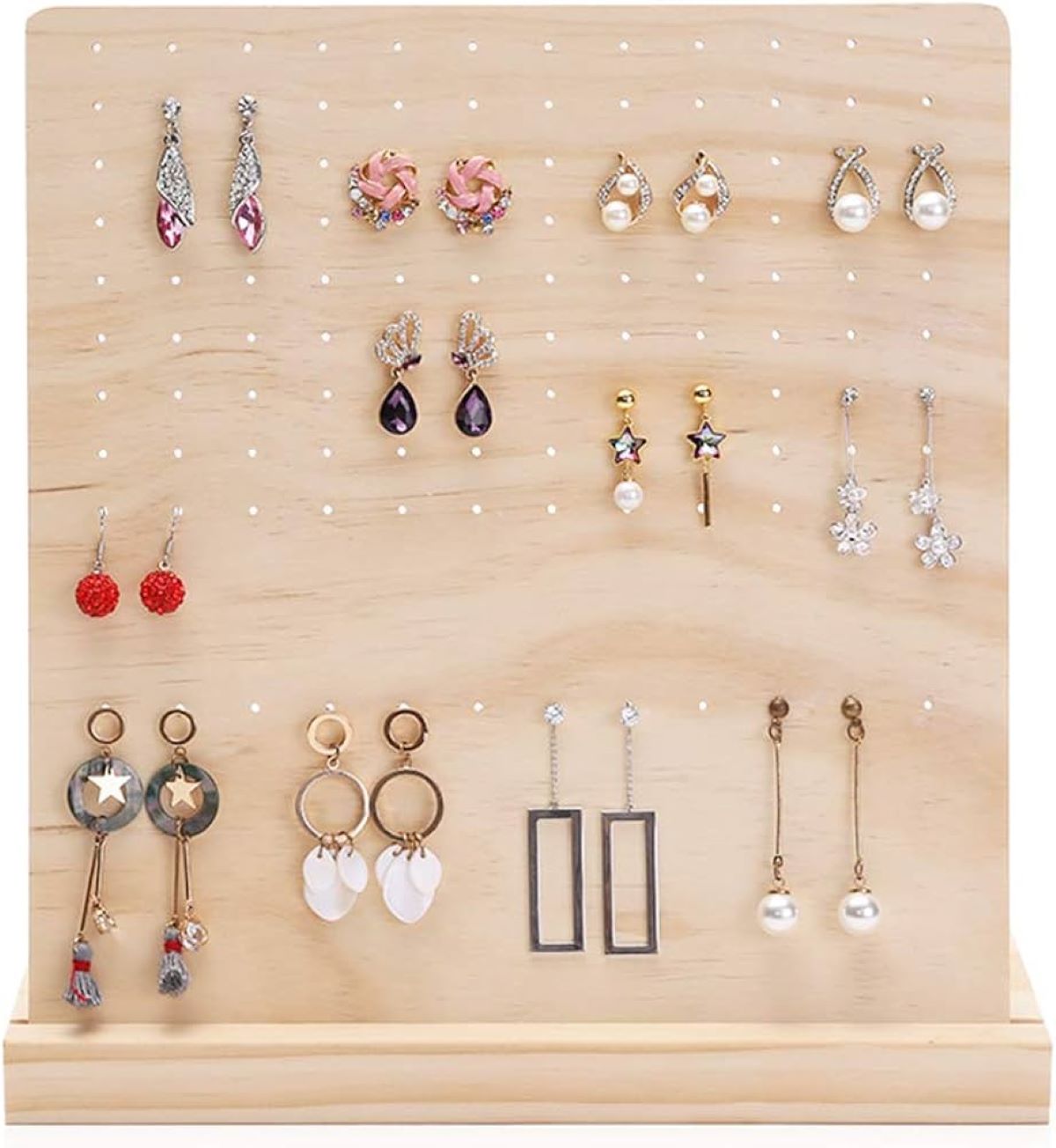
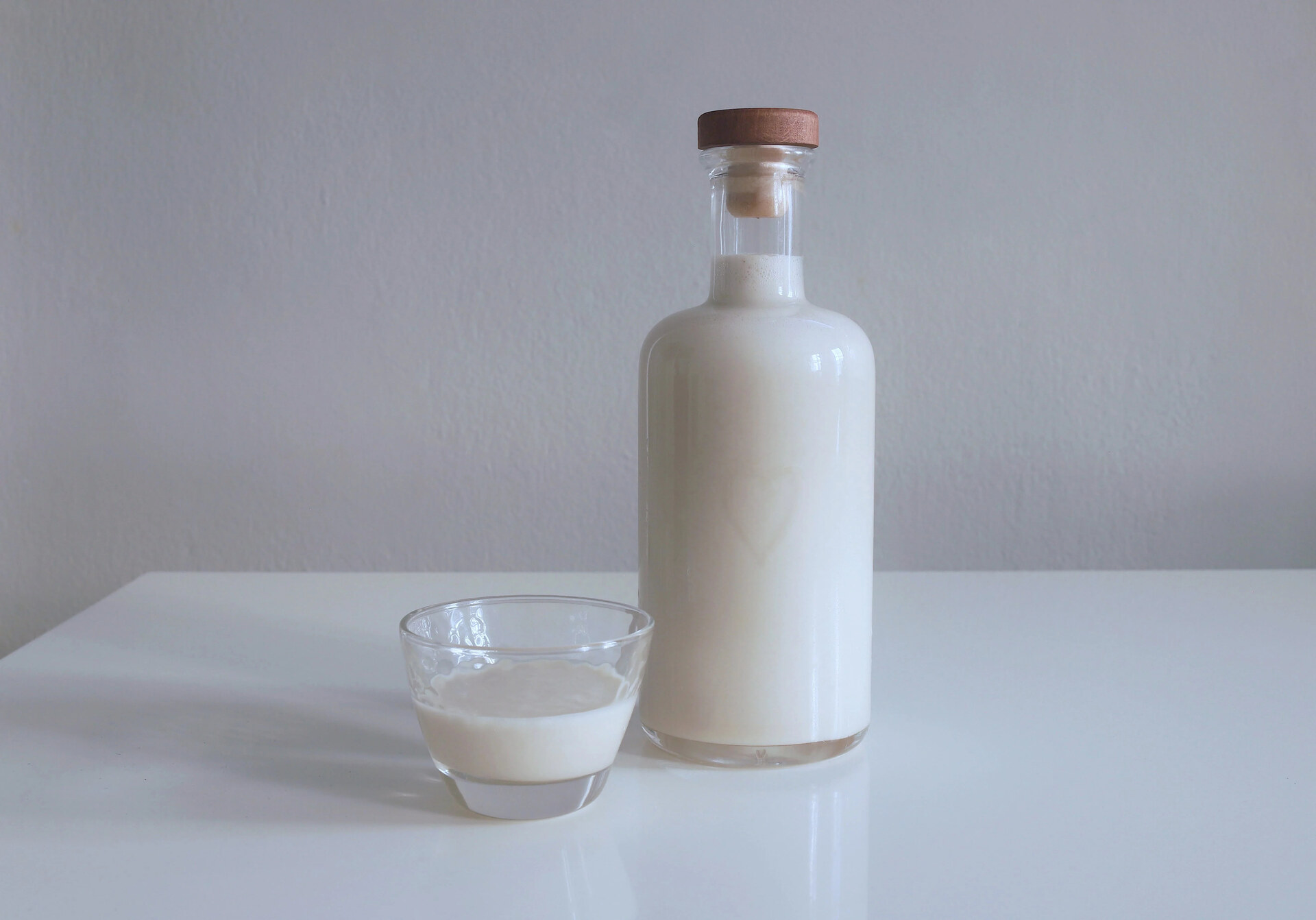
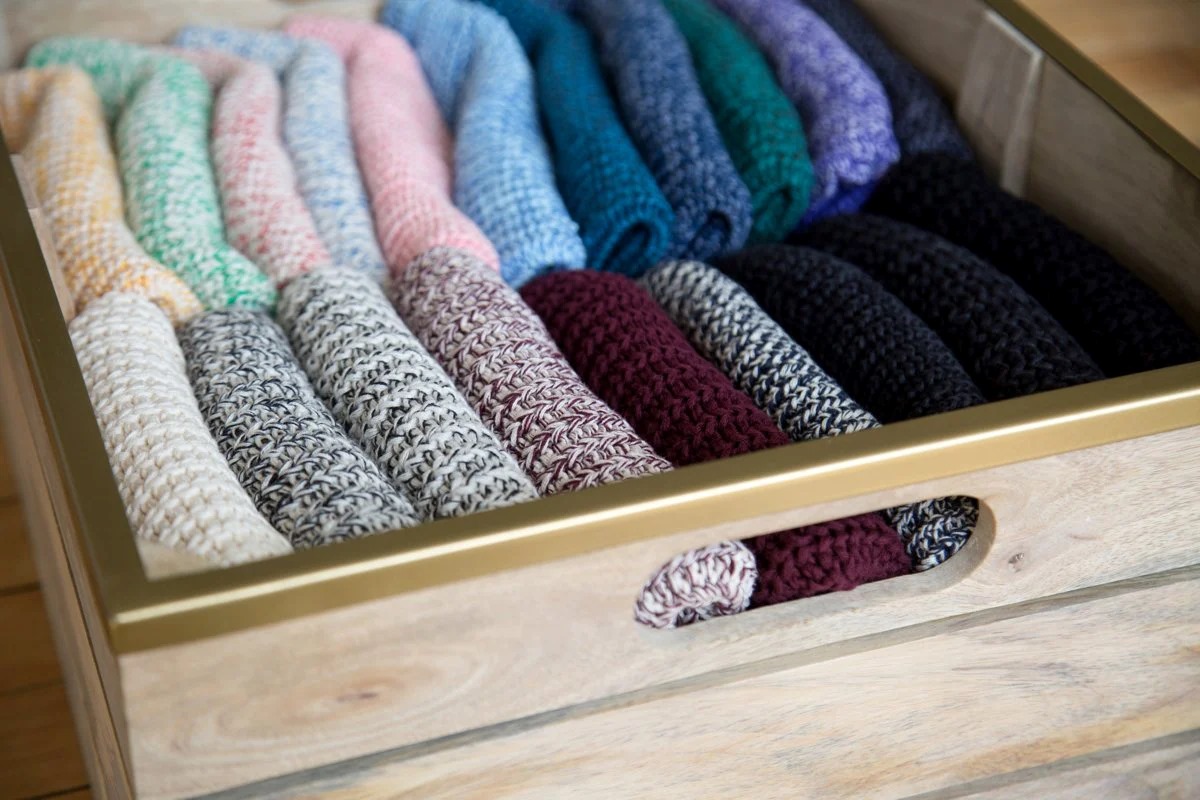

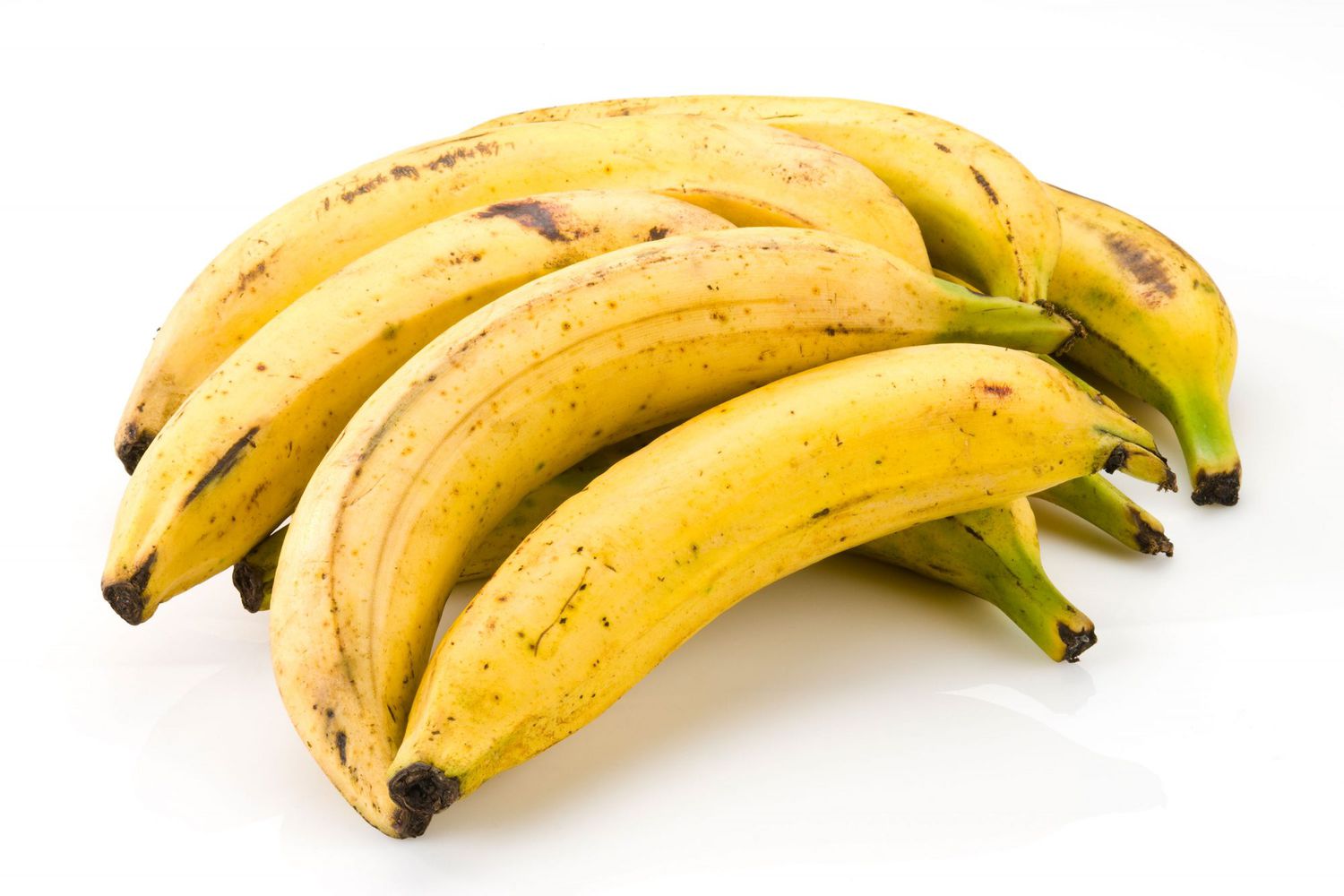
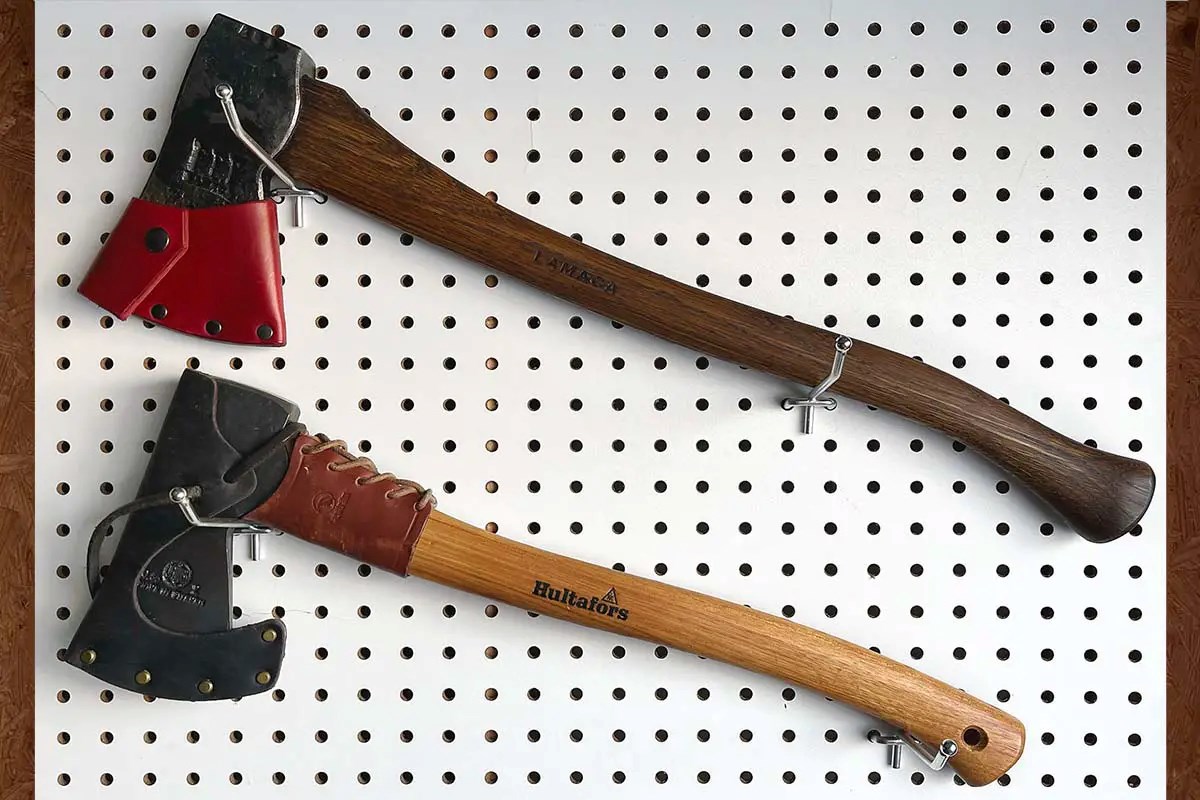
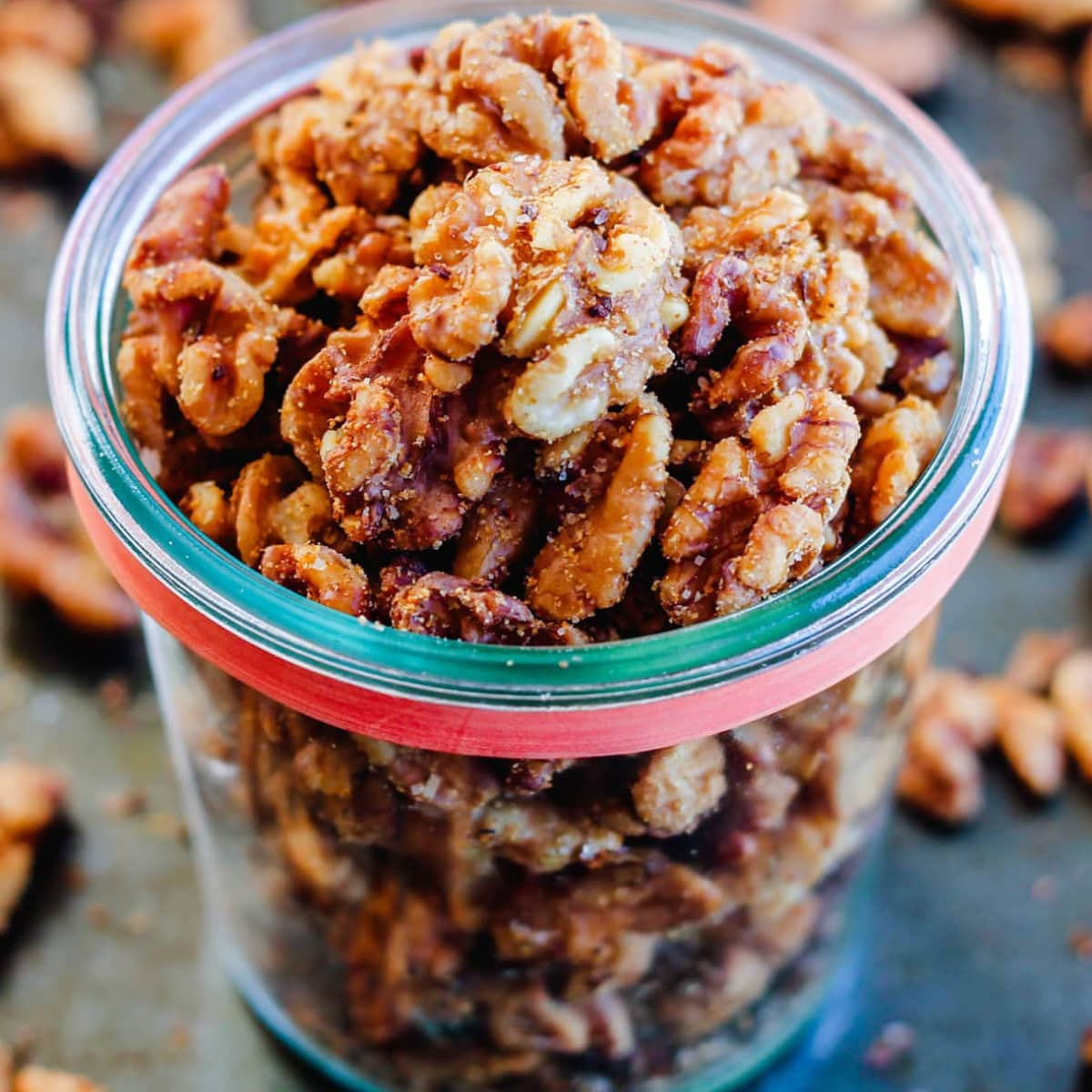

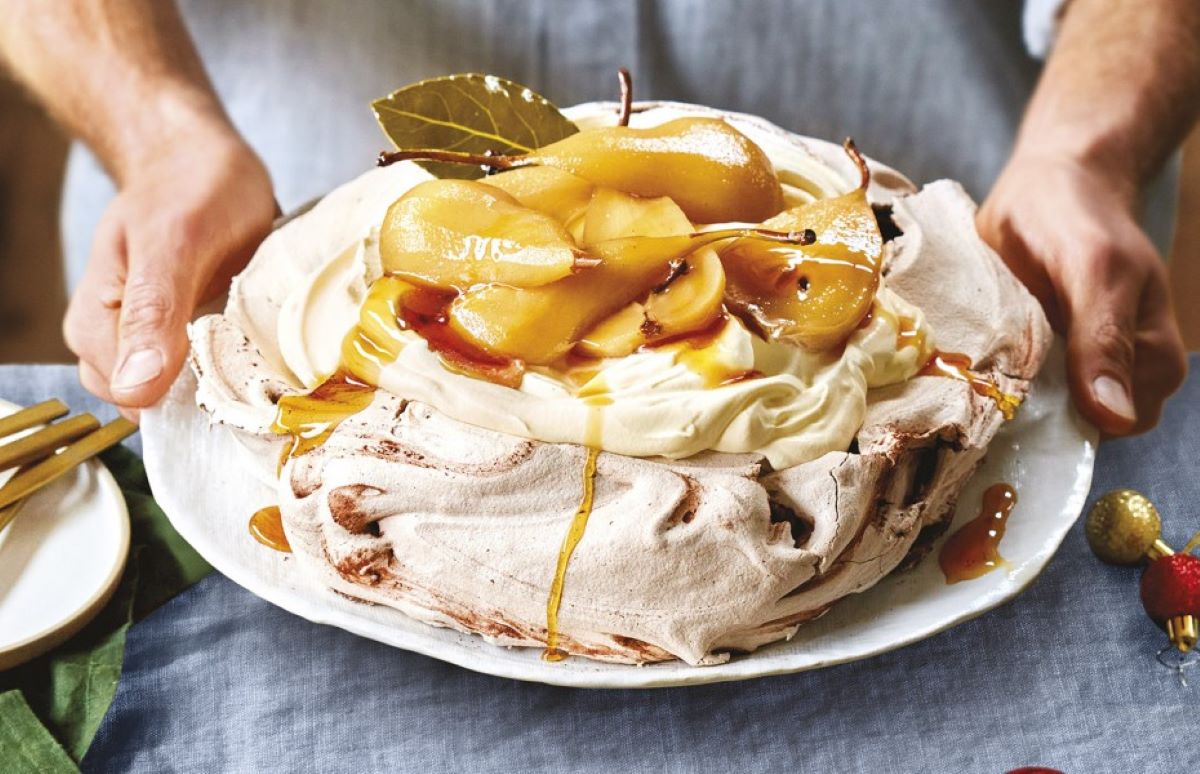
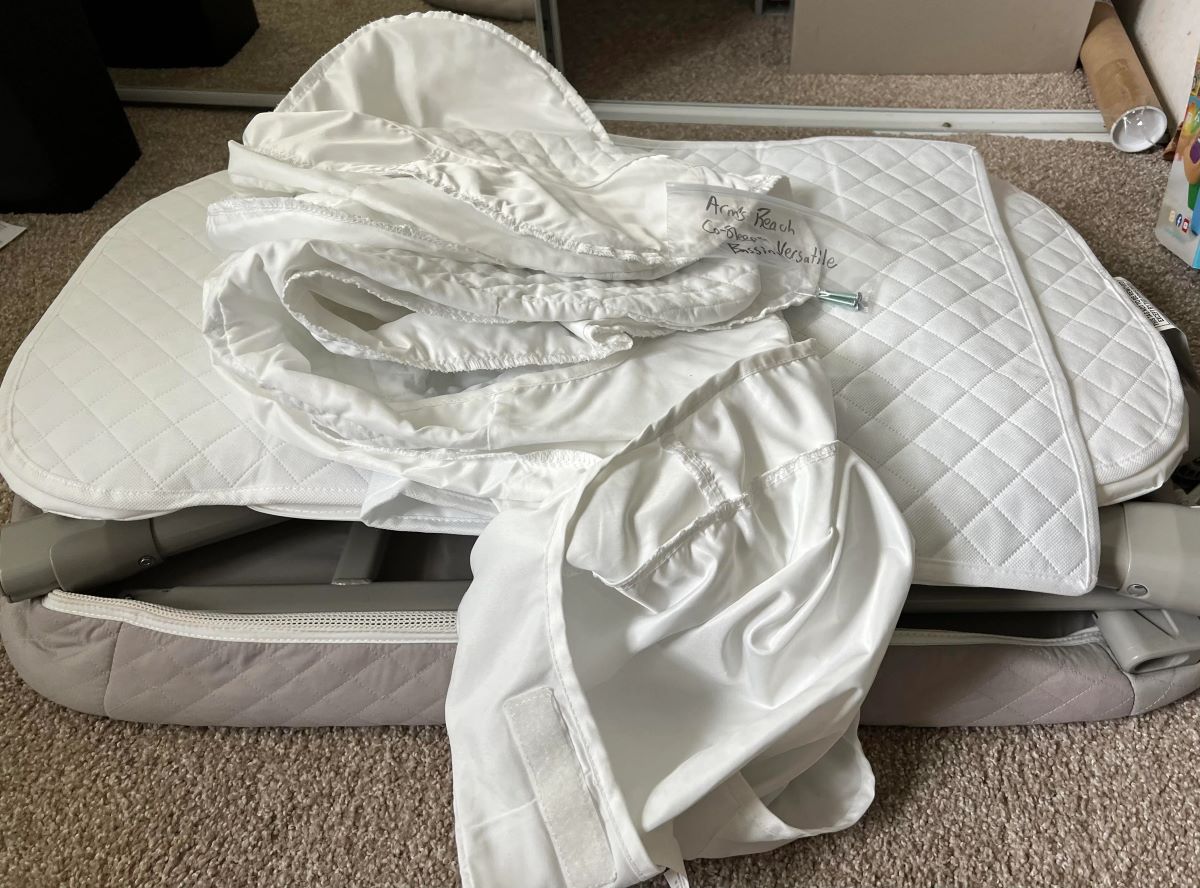
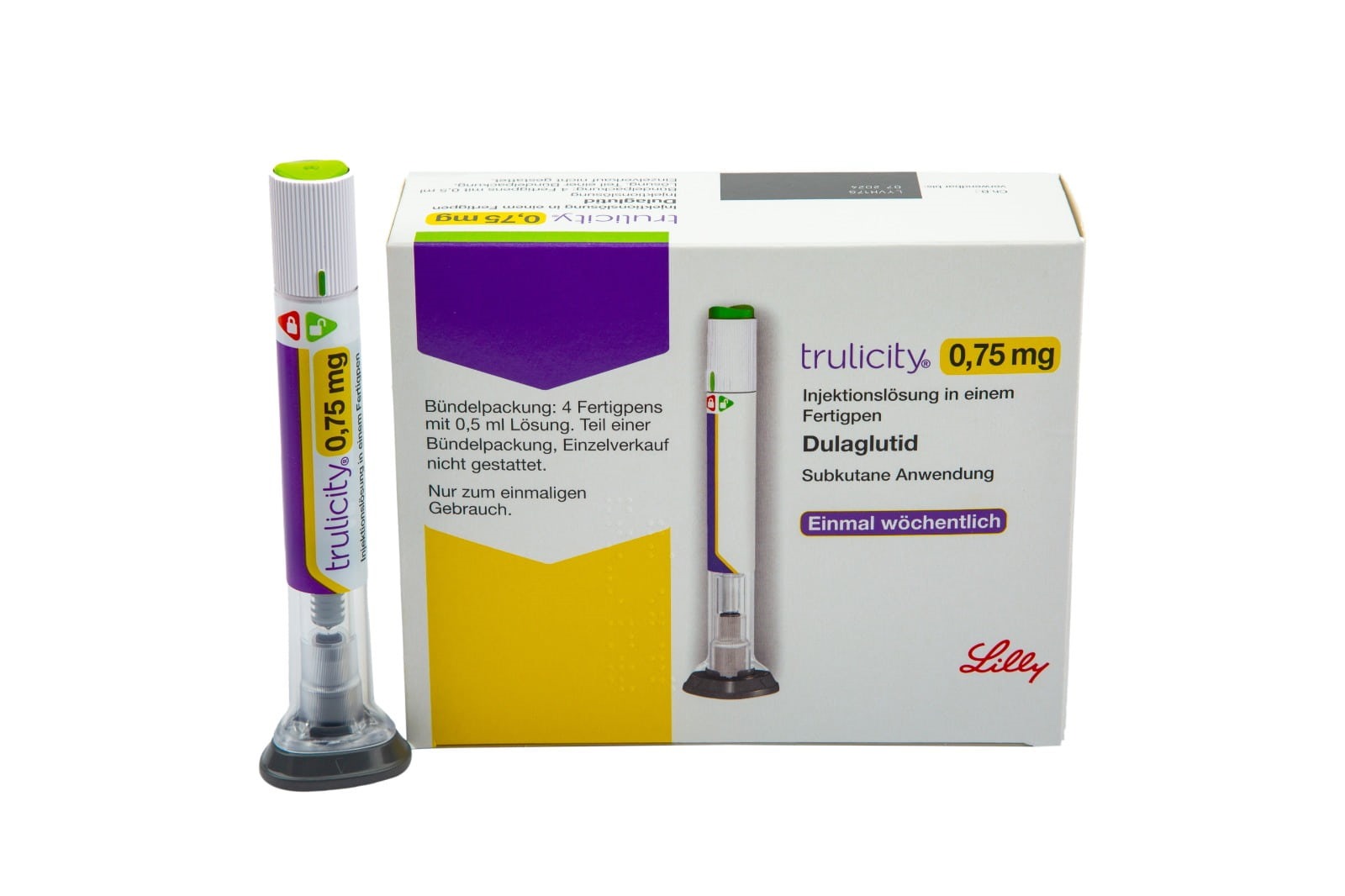
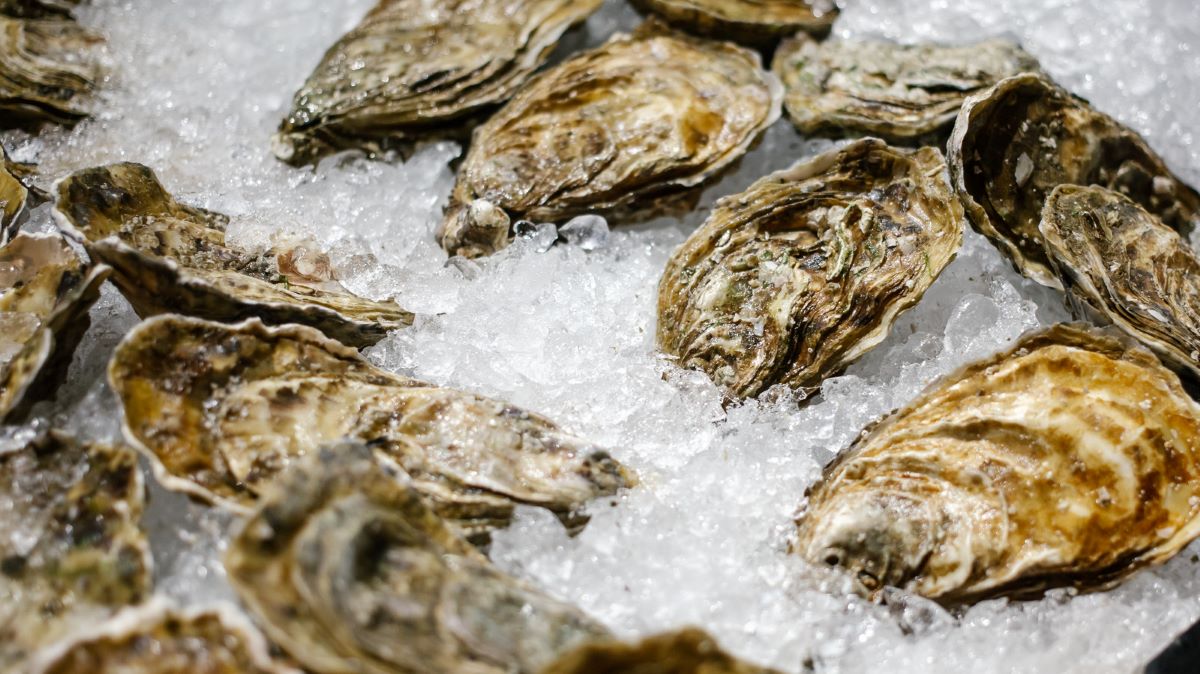
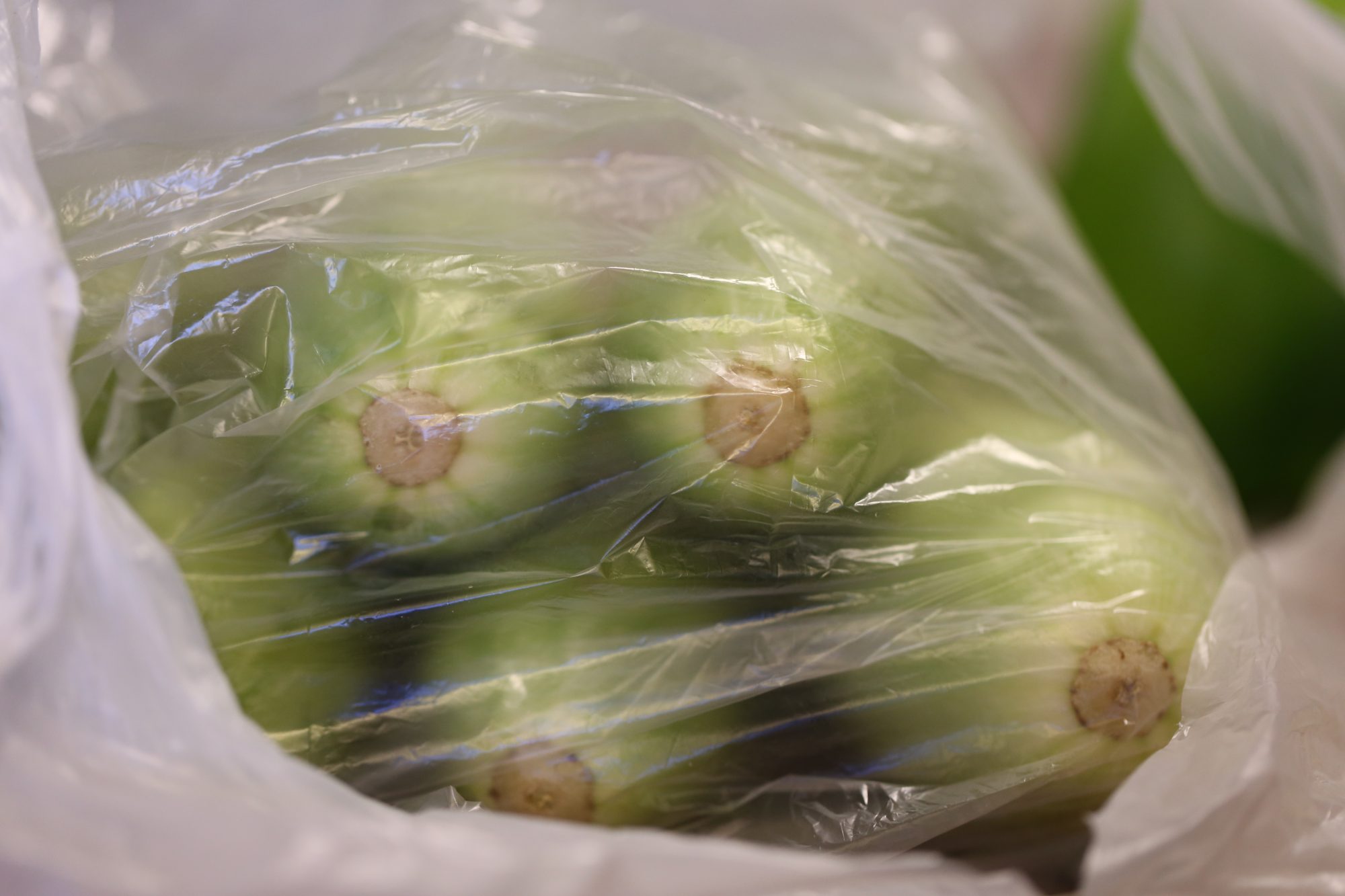

0 thoughts on “How To Store Caviar”